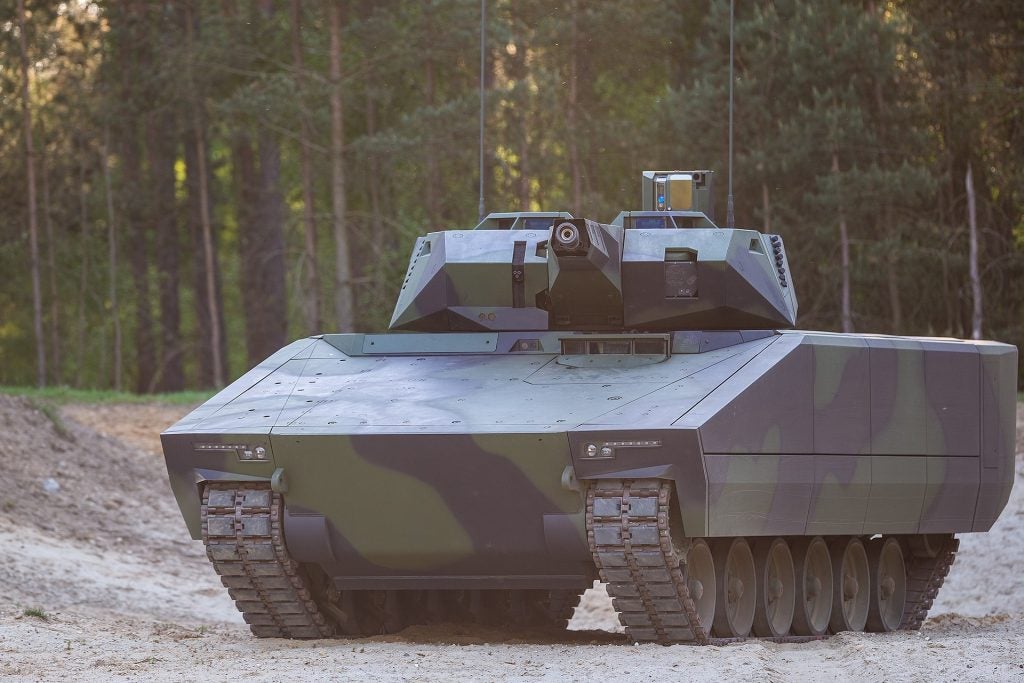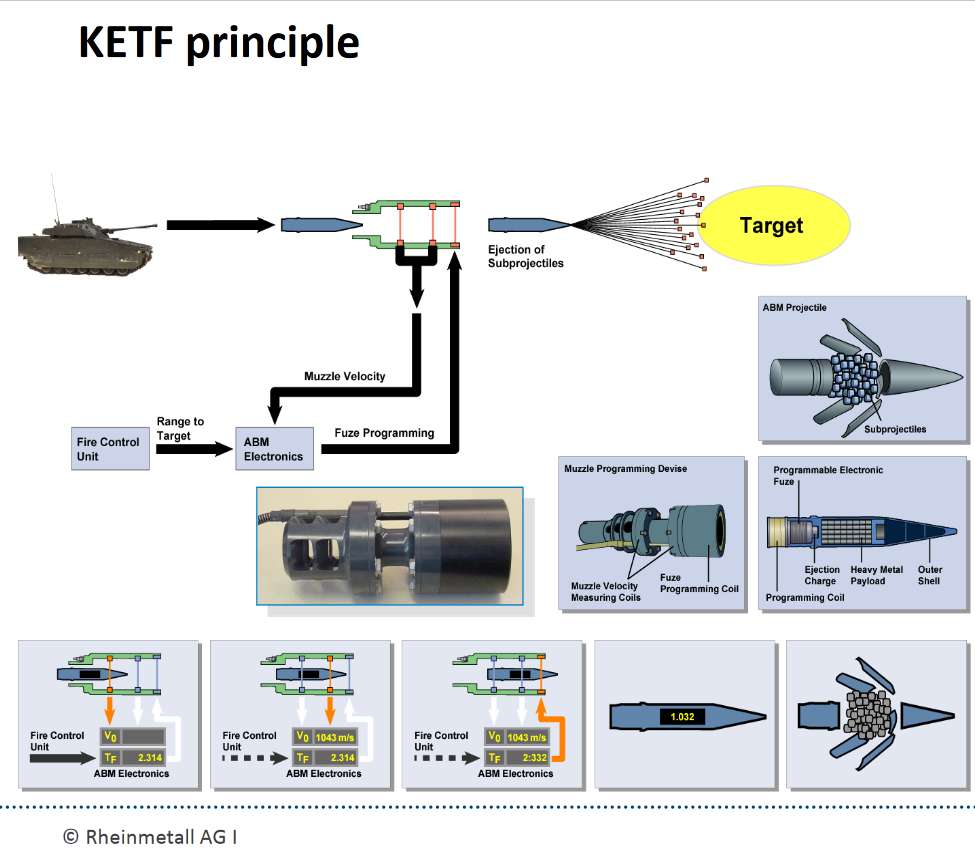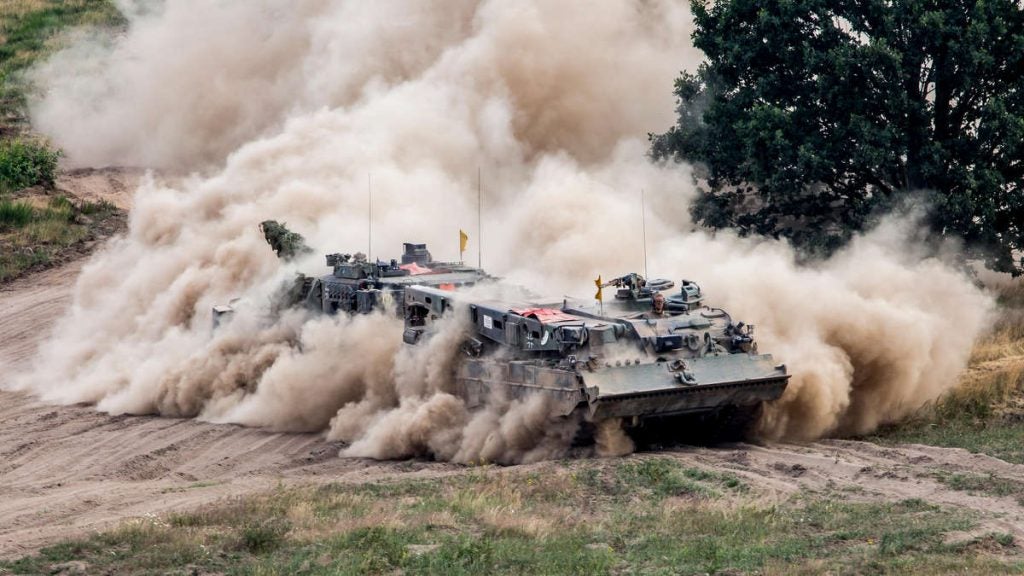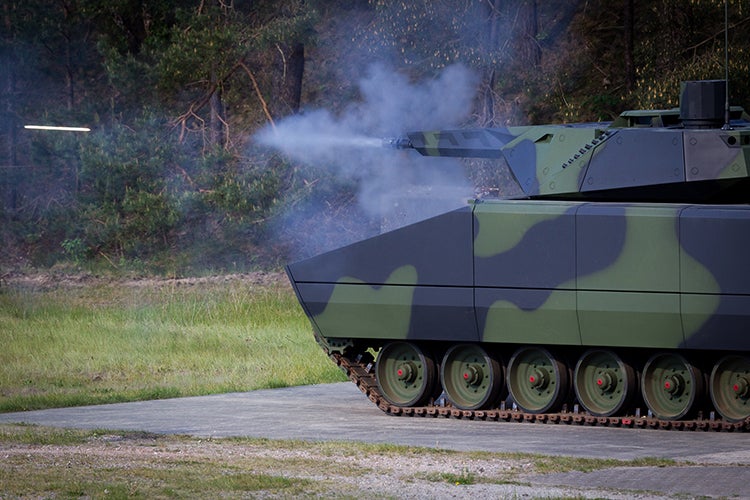Hungary signs €2B deal with Rheinmetall for the production of 218 Lynx IFVs
Rheinmetall confirmed in a press release on 18th August that they had signed a joint venture agreement with the Hungarian government for the establishment of an armored vehicle factory in the country.
Hungary is the first country to purchase the Lynx infantry fighting vehicle. Until now it was unclear which infantry fighting vehicle (IFV) the Hungarian Defense Forces would select to accompany the tanks and artillery purchased through the ongoing Zrínyi-2026 rearmament program.
The Lynx IFV is one of the most modern vehicles in its category today and its key feature is modularity. According to Rheinmetall, the vehicle can be configured for every role required by a mechanized infantry formation:
- Infantry Fighting Vehicle (IFV)
- Command & control
- Armoured reconnaissance
- Repair & recovery
- Ambulance
The fact that all of these roles are filled by the same vehicle leads to a very high degree of parts commonality, which eases the strain a unit operating the vehicles places on the logistics chain.

The new factory will most likely be building a sizeable batch of Lynxes for the HDF, which will allow the army to form a heavy brigade with the previously ordered battalion of 44 Leopard 2A7 tanks, 24 PzH-2000 self-propelled howitzers, and the Lynx IFVs organized into several battalions
Based on a picture taken of a scale model at the signing ceremony in Unterlüß, Germany, we can see that the Lynx in HDF service will most likely be the heavy KF41 variant, and will feature a remote-controlled weapon station with a .50 caliber heavy machinegun, as well as the Spike LR2 ATGM system. The vehicle’s main armament is the Wotan 35 autocannon mounted on the Lance 2.0 turret. The 35mm autocannon can fire several advanced types of ammunition, the most interesting of which is the Kinetic Energy Time Fuse (KETF) projectile, an airburst munition, which allows the Lynx to effectively combat most threats on the modern battlefield.
The vehicle’s camouflage pattern also matches the pattern on the HDF’s recently acquired Leopard 2A4 tanks.

The establishment of this factory means much more than a simple vehicle procurement. It creates hundreds, if not thousands of jobs, a local industrial support base for the military, and military-industrial know-how which is currently lacking and is a key strategic goal for Hungary in the long term. It also allows for the production of vehicles for export both to NATO partners and third-party client states.
UPDATE: The Hungarian Ministry of Defence confirmed on 9th September that the HDF will be receiving 218 Lynxes of the KF41 variant, 46 of which will be produced at Rheinmetall’s factory in Germany, while the new factory where the remaining 172 vehicles are to be built is constructed in Hungary. On the 10th September, they have also confirmed that the Hungarian factory will be located near the city of Zalaegerszeg, in the western part of the country, and that the factory will not simply be an assembly line, but will also contribute to Rheinmetall’s R&D. According to the company’s news release, the contract also includes 9 Buffalo (Bergepanzer Büffel) armored recovery vehicles.

The same news release has also made it clear that the vehicle’s primary armament mounted in the Lance turret will be a 30mm autocannon, and not the 35mm weapon previously theorized.
Rheinmetall has also published a video on their youtube page, showing some of the milestones in the process of the Lynx’s development.

